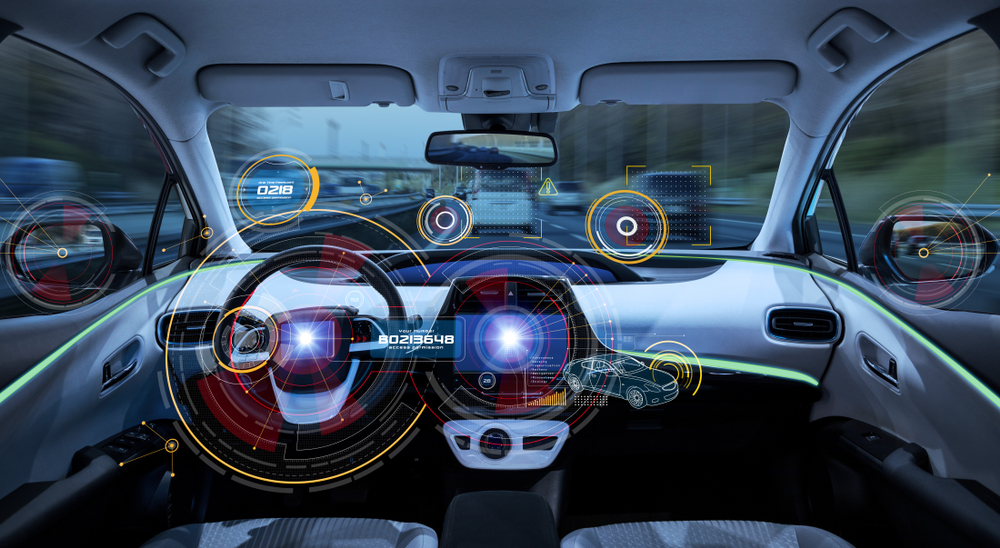
As more states open their doors to autonomous vehicle research and testing, a new Siemens report urges urban spaces to plan for and make adjustments to accommodate such vehicles among their infrastructure.
The report, titled “Cities in the Driving Seat,” urges cities to plan early and plan extensively to transform their whole mobility structure. In so doing, it examined the interdependencies between urban development, public transportation policies, power supply, pollution and the increasing share of connected and autonomous vehicles (CAVs) in city traffic. Failure to plan, their report noted, could lead to social, economic and environmental issues.
Such issues could include everything from continued climate change to increased congestion.
“Autonomous vehicles must be part of a wider transformation of urban areas. Cities need to ensure that they work towards putting people first – and not cars, or we risk repeating the mistakes of the past,” Pete Daw, Urban Development and Environment director for Siemens Global Center of Competence Cities, said. “The future of our cities could look very different with the adoption of connected and autonomous vehicles and they could help shape future trends in climate change, air quality, public health and more.”
The report noted that adequately planned for CAVs could strengthen public transport while reducing the noise, air pollution, and greenhouse gas emissions. Further, they could see a sharp decrease in road-related deaths and expand mobility access on a more inclusive footing.
The report also urges cities to use CAVs to focus on their citizens, rather than their vehicles and work toward connecting these vehicles with intelligent transport infrastructures. Automation, electrification, digital connectivity and shared mobility will all be of use going forward.